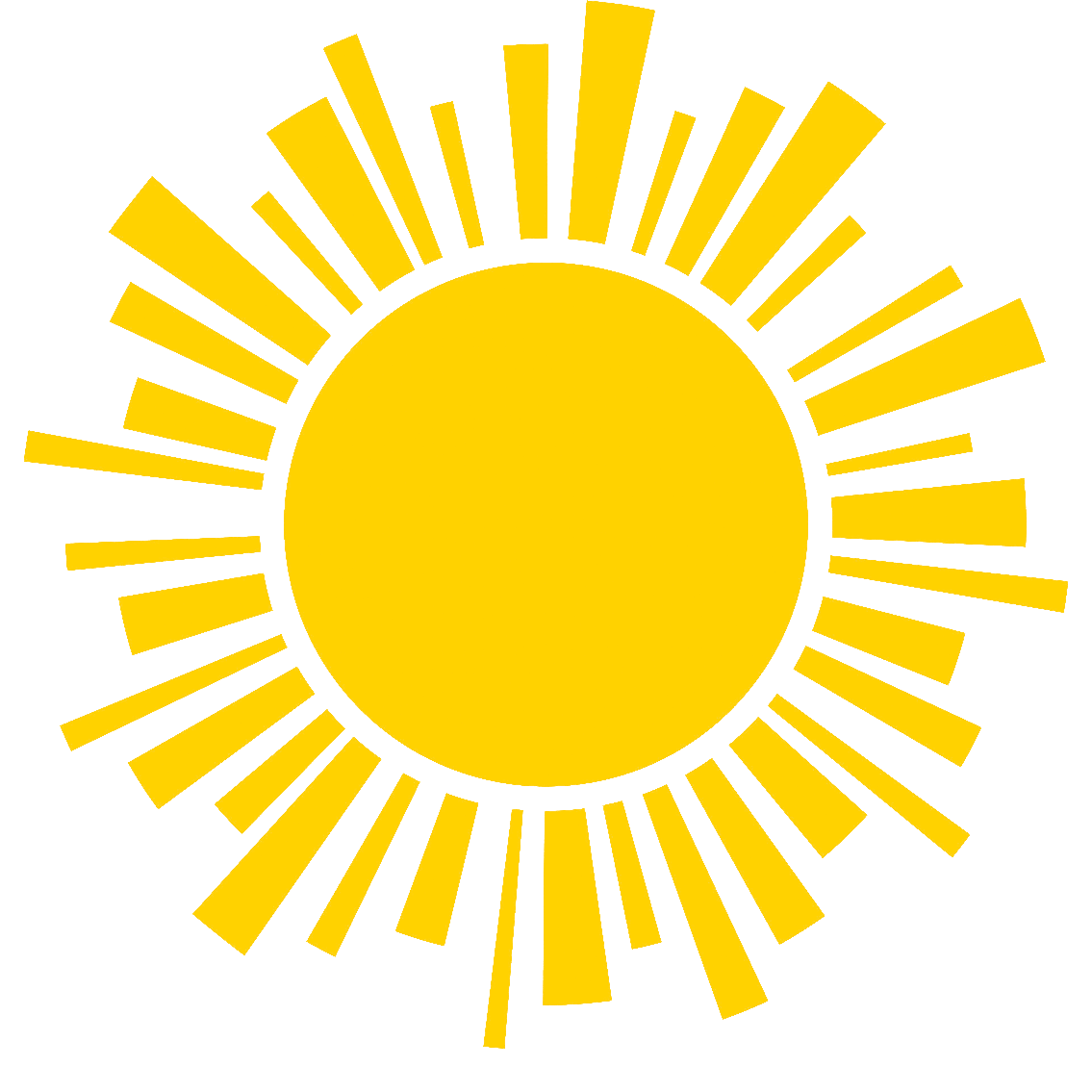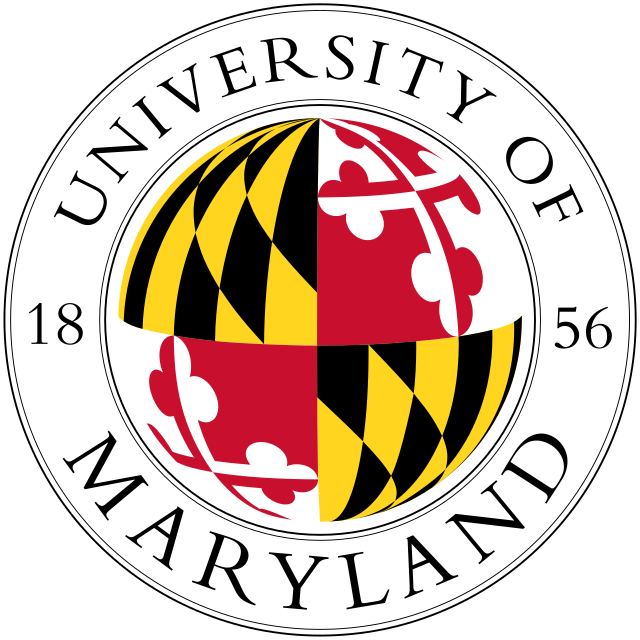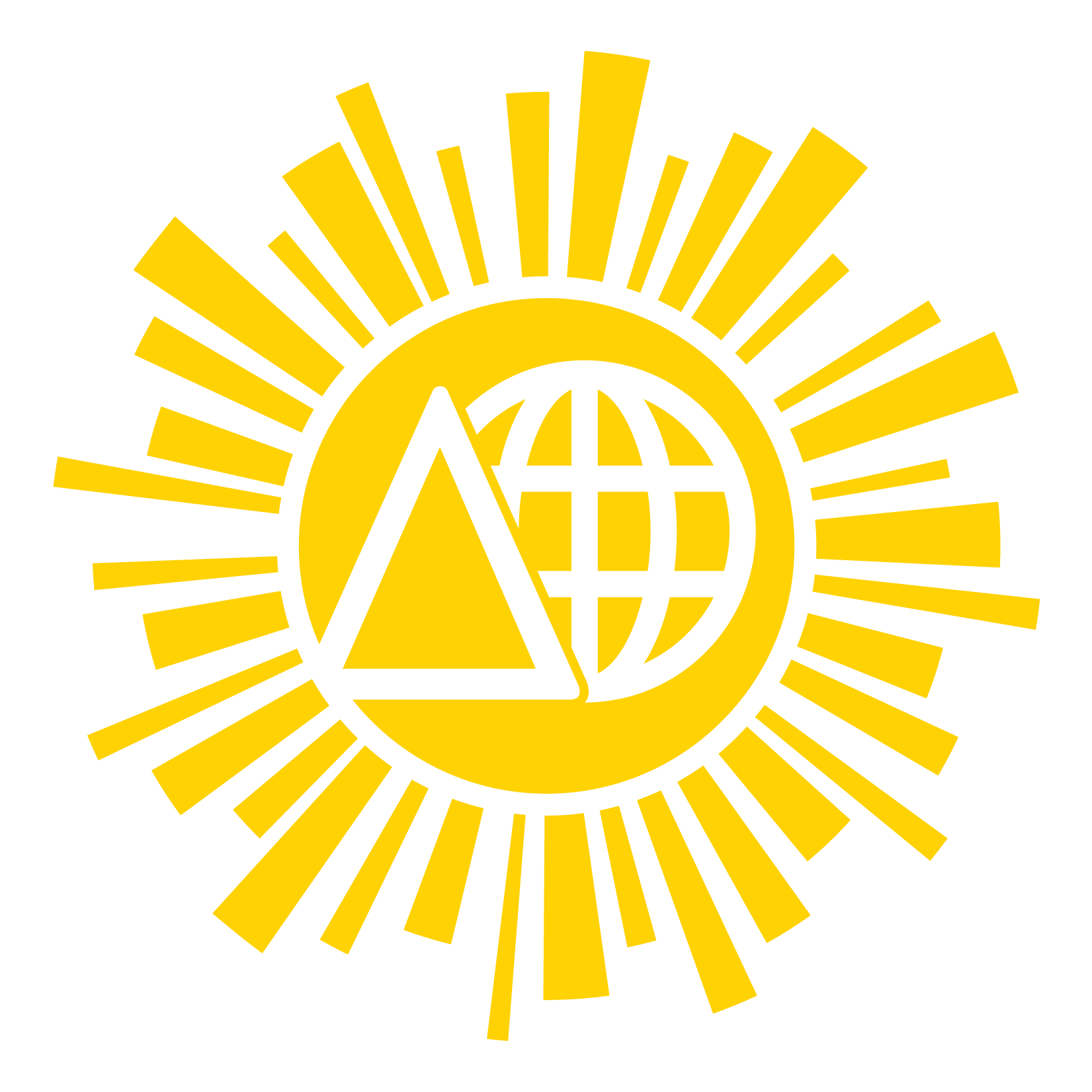Event name:
Noncommutative Geometry and Hyperbolic Band Theory
Event time and place:
3:30 p.m. May 8, 2025 in Kirwan Hall 1311This talk was part of the RIT (Research Interaction Team) on Geometry and Physics at UMD, and was given by Professor Jonathan Rosenberg. The audience was mostly made up of graduate students and faculty in math and physics. As I sat down, I looked to my right and saw my math professor from Calculus II taking notes next to me. This moment set the tone for me for the lecture. The topic was advanced, and while much of it was highly technical, I did my best to follow the core ideas.
The main focus of the talk was how to study crystals (repeating structures) using ideas from noncommutative geometry and representation theory, especially in cases where the crystal isn't sitting in ordinary flat space, but in "hyperbolic" space (curved).
In the usual setting (Euclidean space), physicists use something called Fourier analysis to study the way electrons move through a crystal. This works because the symmetry group of the crystal (the group that describes how it repeats) is relatively simple and behaves nicely.
Rosenberg focused mainly on the much more complicated hyperbolic case of the crystal structure, where the crystal structure is modeled using a group Γ (gamma) acting on the hyperbolic plane. This group is non-abelian (its elements don't commute), and more importantly, non-amenable, which means many familiar tools break down.
To deal with this, Rosenberg uses "C*-algebras", which are algebraic structures that let us talk about symmetry and geometry in a more abstract way. He explained that the C*-algebra of this group Γ has a special property: it's simple (it has no nontrivial ideals), and it has a unique trace; a kind of function that assigns numbers to parts of the algebra in a consistent way. Interestingly, this trace only takes integer values on certain projections, a result known since the 1970s and 80s.
One key result Rosenberg mentioned is that finite-dimensional representations of Γ are dense in a certain mathematical space, meaning that even though the group is complicated, we can still approximate its behavior using simpler tools. He said this quality is considered surprising given how wild non-amenable groups can be.
Another term that came up was k-amenability, a property that allows for certain algebraic maps to preserve important structures like K-theory, which is used to classify objects like vector bundles or modules in noncommutative geometry. This connects to the Baum-Connes conjecture, which Rosenberg described as an influential idea in modern mathematics.
Although the talk was dense and aimed at a highly technical audience, it highlighted how mathematicians have developed powerful new methods to understand physical systems that live in curved or nontraditional spaces. It was a reminder of how far math can reach. Even into the abstract intersection of maths that constitutes crystal structures.
It was humbling to sit in a room of professors as my peers and take in interesting, albeit esoteric recaps of the proofs mathematicians made, and how math has progressed recently. Although I haven't even scratched the surface of understanding everything Rosenberg covered in the lecture, I see a path forward in my math major to learn more about crystals, about how C*-algebra works and how it can be used to simplify complex data. I left feeling overwhelmed with information, yet inspired to pursue knowledge and help push our understanding of the world even farther forward through math.


